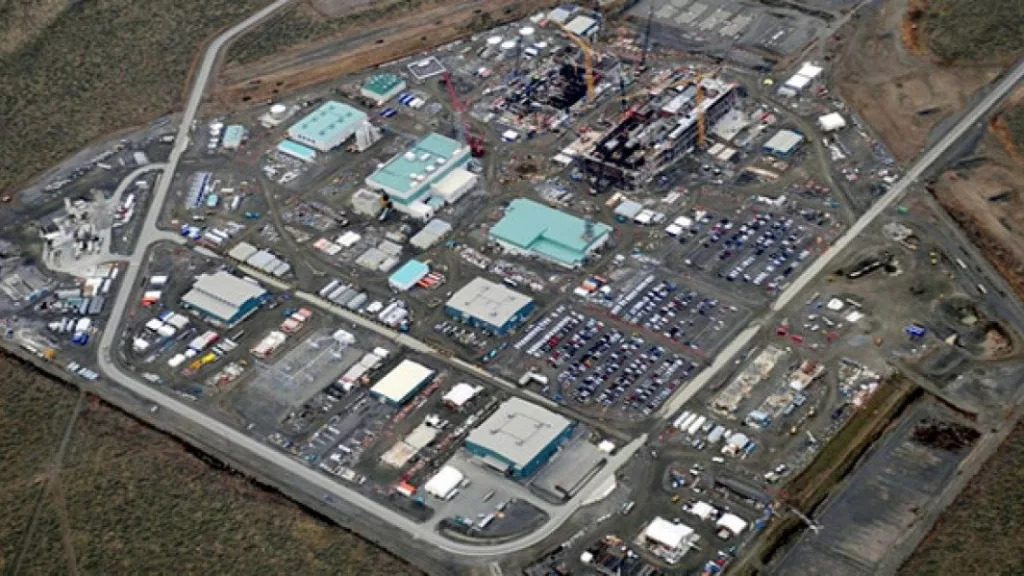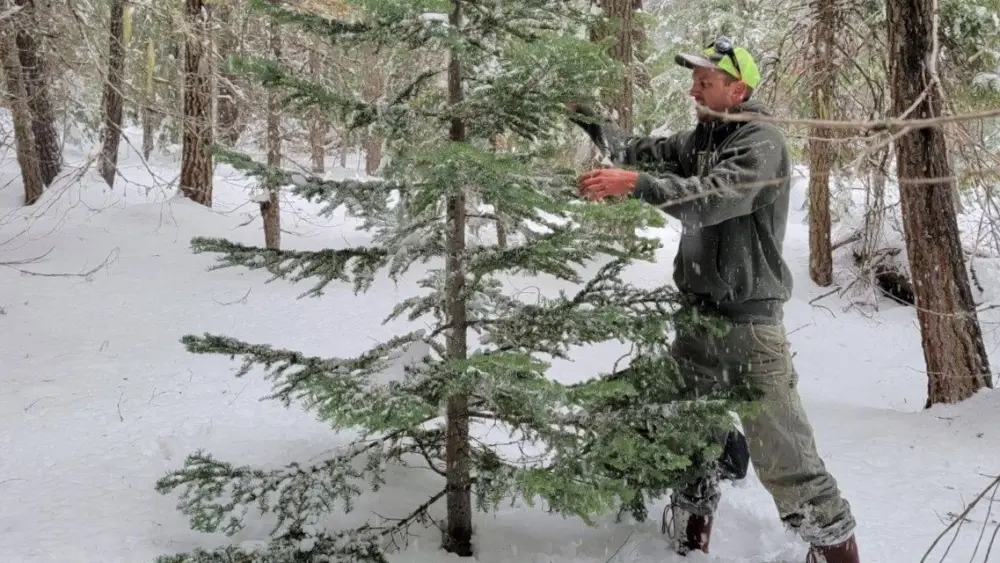HANFORD, WA – Washington state officials announced a historic milestone at the Hanford Nuclear Reservation this week, confirming that radioactive and hazardous waste is now being converted into glass for permanent disposal — the first time in history this process has been carried out at the site.
Governor Bob Ferguson and the Washington State Department of Ecology said “hot commissioning” has begun at Hanford’s Low-Activity Waste Facility, meeting an Oct. 15 legal deadline requiring the startup of waste treatment operations. The facility is now processing waste drawn from aging underground storage tanks, melting it into a stable glass form suitable for long-term storage.
“It’s difficult to overstate how important this milestone is in the Hanford cleanup effort,” Ferguson said. “Thousands of Washingtonians worked for decades to bring us to this moment.”
Casey Sixkiller, director of the Department of Ecology, called the launch “a herculean effort,” saying vitrification — the process of turning waste into glass — offers the strongest protection for the environment and surrounding communities.
The Low-Activity Waste Facility is part of the larger Waste Treatment Plant, one of the most complex cleanup operations in the world. Construction began in 2002 after years of planning and oversight by state and federal agencies. Ecology issued a final operating permit after environmental testing, while the Department of Health approved eight radioactive air emissions licenses ensuring the plant meets safety standards.
Hot commissioning marks the final phase before full-scale operations. Federal contractors will gradually ramp up activity in the coming months under continued state oversight.
Hanford, which produced 67 tons of plutonium from World War II through the Cold War, holds 56 million gallons of radioactive waste in 177 underground tanks. Many of the tanks have leaked, posing long-term environmental risks. Converting the waste into glass is expected to take decades and require additional facilities.
Low-activity waste will be disposed of at Hanford’s Integrated Disposal Facility. High-level waste vitrification is scheduled to begin in 2033 and will be sent to a licensed deep geologic repository.





